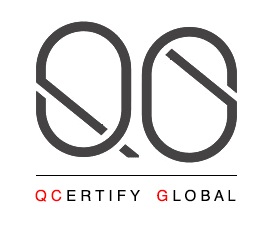ISO certification can be a powerful tool for businesses looking to improve their operations, enhance customer satisfaction, and gain a competitive edge. However, the process of achieving certification can seem daunting. In this guide, we will demystify the ISO certification process, breaking it down into manageable steps to help you understand what it takes to become ISO certified.
Step 1: Understand the Basics of ISO Standards
Before diving into the certification process, it’s essential to understand the basics of ISO standards. ISO (International Organization for Standardization) develops and publishes international standards that ensure the quality, safety, and efficiency of products, services, and systems. The most well-known ISO standard is ISO 9001, which sets out the criteria for a quality management system.
Step 2: Determine Which ISO Standard is Right for Your Business
There are several ISO standards available, each focusing on different aspects of business operations. Determine which standard is most relevant to your industry and business objectives. For example, if you’re in the manufacturing sector, ISO 9001 for quality management may be the most suitable standard.
Step 3: Conduct a Gap Analysis
Once you’ve chosen the relevant ISO standard, conduct a gap analysis to identify areas where your current processes and systems fall short of the standard requirements. This will help you understand the changes and improvements needed to meet the standard.
Step 4: Develop an Implementation Plan
Based on the gap analysis, develop a detailed implementation plan outlining the steps required to meet the standard requirements. Assign responsibilities, set deadlines, and establish key performance indicators (KPIs) to track progress.
Step 5: Implement the Required Changes
Implement the changes outlined in your implementation plan. This may involve updating processes, procedures, and documentation to comply with the ISO standard. Ensure that all employees are trained on the new requirements.
Step 6: Conduct Internal Audits
Before undergoing the formal certification audit, conduct internal audits to assess the effectiveness of your quality management system. Address any non-conformities and make necessary improvements.
Step 7: Choose a Certification Body
Select a reputable certification body accredited by a recognized accreditation body. The certification body will conduct an external audit to determine if your organization meets the requirements of the ISO standard.
Step 8: Undergo the Certification Audit
The certification audit typically consists of two stages: a documentation review and an on-site audit. During the on-site audit, the certification body will assess the implementation and effectiveness of your quality management system.
Step 9: Address any Non-Conformities
If any non-conformities are identified during the certification audit, take corrective action to address them. The certification body will conduct a follow-up audit to verify that the non-conformities have been resolved.
Step 10: Receive ISO Certification
If your organization successfully meets the requirements of the ISO standard and addresses any non-conformities, you will receive ISO certification. This certification demonstrates your commitment to quality and can enhance your reputation with customers and stakeholders.
Achieving ISO certification requires time, effort, and commitment, but the benefits can be significant. By following these steps and demystifying the ISO certification process, you can position your business for long-term success and continuous improvement.






